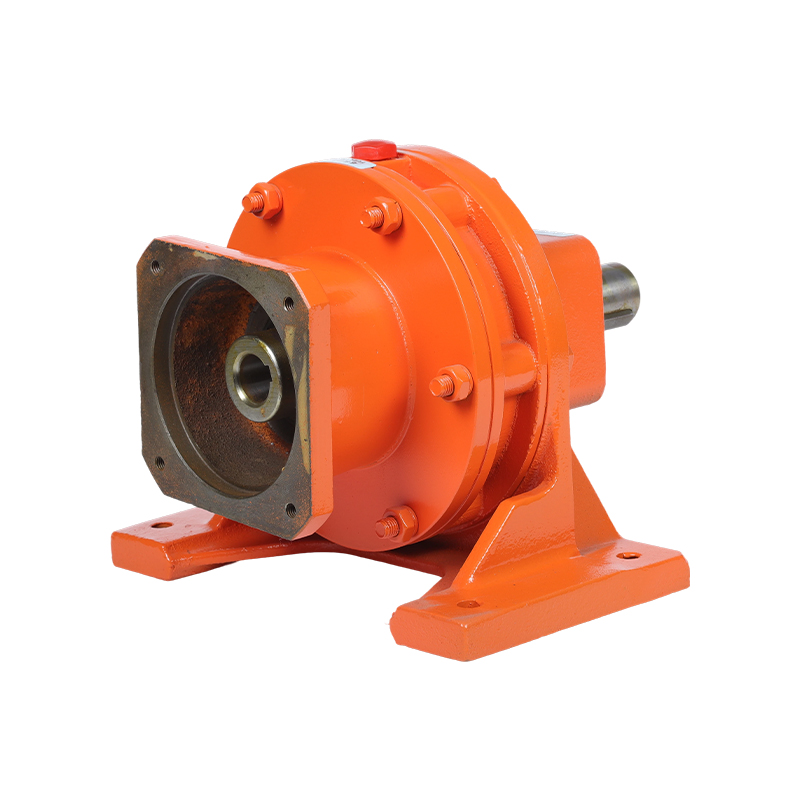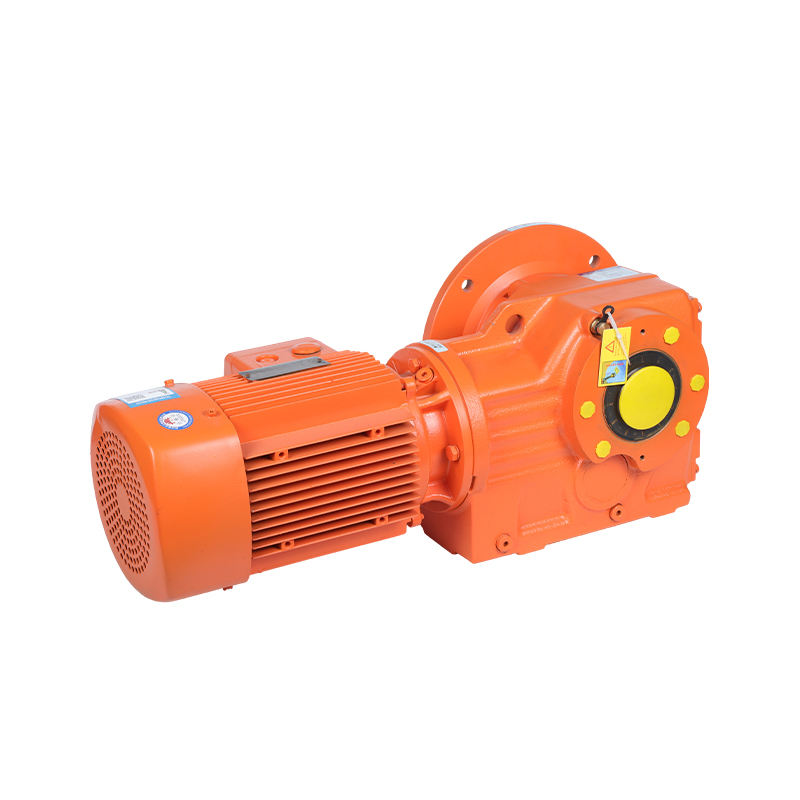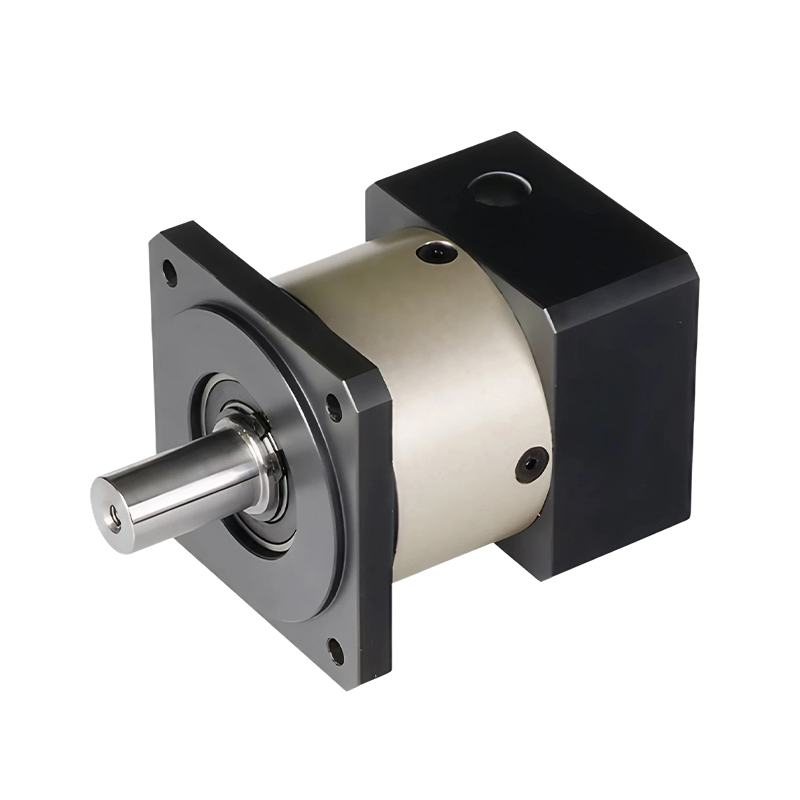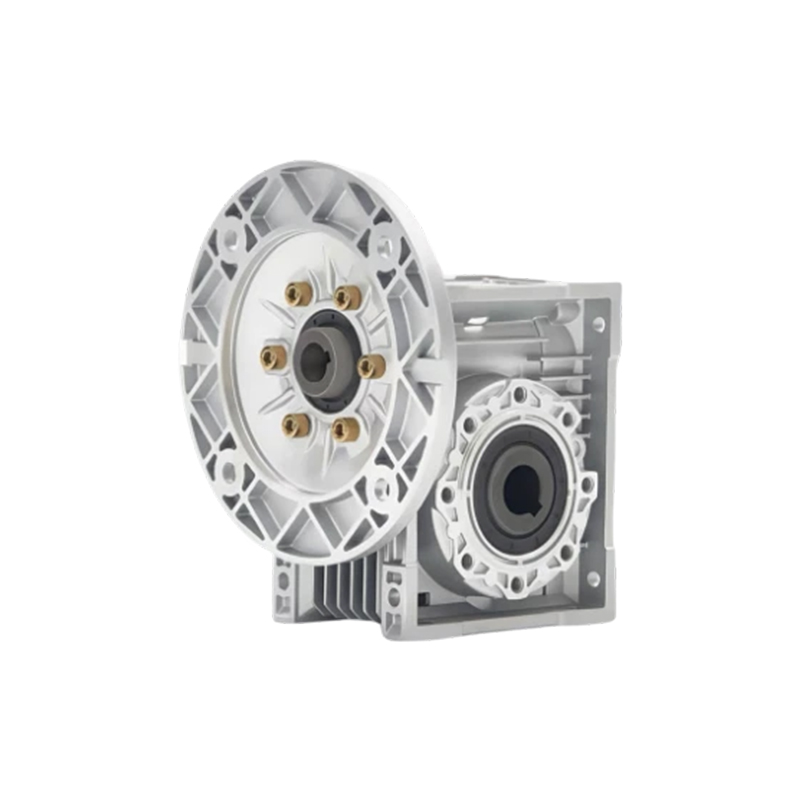How does the sewage treatment mixer achieve efficient mixing through optimized design?
Release Time : 2025-07-10
The sewage treatment mixer plays a vital role in the wastewater treatment process. It not only ensures the uniform distribution of chemical agents, but also promotes the biodegradation process. In order to achieve the best treatment effect, modern sewage treatment mixers use a variety of optimized designs and technical means to improve the mixing efficiency.
Impeller design and fluid mechanics optimization
The impeller is the core component of the sewage treatment mixer, and its design directly affects the mixing performance of the equipment. Traditional impeller designs are often simple and difficult to cope with complex mixing requirements. Modern sewage treatment mixers use a variety of innovative impeller designs, such as propeller type, propeller type and turbine type. Each impeller type has its specific application scenarios and advantages:
Propeller impeller: suitable for occasions requiring large flow and low shear force, can effectively promote water flow and reduce damage to suspended particles.
Propeller impeller: suitable for mixing high-viscosity fluids, can generate strong driving force, and ensure uniform flow of liquids.
Turbine impeller: Through the multi-layer blade structure, it can achieve efficient local mixing in a short time, which is particularly suitable for fast reaction processes.
In addition, fluid mechanics optimization is also an important factor in improving the performance of the mixer. Through accurate simulation and analysis of the flow field, engineers can optimize the overall structural layout of the mixer to achieve the best mixing effect. For example, the reasonable setting of the baffle position and number can prevent the liquid from forming vortices or dead corners, ensuring that the fluid in the entire container can be effectively stirred.
Intelligent control system
With the development of automation technology and the Internet of Things, more and more sewage treatment mixers are equipped with intelligent control systems. These systems can monitor various parameters in the mixing process, such as speed, temperature, pH value, etc., in real time through sensors, and automatically adjust the operating status according to preset conditions. For example, when treating wastewater containing pollutants of different concentrations, the intelligent control system can dynamically adjust the mixing intensity according to real-time data to ensure the best mixing effect.
The introduction of intelligent control systems not only improves the convenience of operation, but also reduces the risk of errors caused by human intervention, and further enhances the mixing efficiency. Through remote monitoring and data analysis, operation and maintenance personnel can promptly discover and solve potential problems to ensure the stable operation of the equipment.
Material selection and durability
In order to ensure long-term stable operation, sewage treatment mixers must have good corrosion resistance and wear resistance. Especially when treating wastewater containing acidic and alkaline substances or solid particles, traditional materials are susceptible to erosion or wear, affecting the life of the equipment and the mixing effect. Therefore, modern mixers often use high-performance materials such as stainless steel and titanium alloys to manufacture key components, and apply anti-corrosion coatings or special treatments on the surface to enhance their corrosion resistance.
For vulnerable parts such as impellers and sealing devices, manufacturers are also constantly exploring new materials and new processes to extend service life and reduce maintenance frequency, which indirectly improves the overall mixing efficiency. This not only reduces the downtime of the equipment, but also reduces maintenance costs and improves production efficiency.
Modular design and flexibility
Considering the large differences in the specific needs of different sewage treatment plants, some advanced mixers adopt a modular design concept. Users can flexibly configure different components according to actual working conditions, such as replacing different types of impellers, adjusting the installation angle, or adding auxiliary equipment. This highly customized solution not only meets the needs of diverse application scenarios, but also provides convenience for later upgrades.
Modular design enables the same mixer to be reused in multiple projects, reducing procurement costs while promoting the effective use of resources. For sewage treatment plants that need to frequently adjust treatment processes, modular design is undoubtedly a huge advantage.
In summary, the sewage treatment mixer achieves the goal of efficient mixing by optimizing impeller design, fluid mechanics analysis, integration of intelligent control systems, selection of high-quality materials, and modular design concepts. These technological innovations not only improve treatment efficiency and reduce operating costs, but also contribute to environmental protection.
Impeller design and fluid mechanics optimization
The impeller is the core component of the sewage treatment mixer, and its design directly affects the mixing performance of the equipment. Traditional impeller designs are often simple and difficult to cope with complex mixing requirements. Modern sewage treatment mixers use a variety of innovative impeller designs, such as propeller type, propeller type and turbine type. Each impeller type has its specific application scenarios and advantages:
Propeller impeller: suitable for occasions requiring large flow and low shear force, can effectively promote water flow and reduce damage to suspended particles.
Propeller impeller: suitable for mixing high-viscosity fluids, can generate strong driving force, and ensure uniform flow of liquids.
Turbine impeller: Through the multi-layer blade structure, it can achieve efficient local mixing in a short time, which is particularly suitable for fast reaction processes.
In addition, fluid mechanics optimization is also an important factor in improving the performance of the mixer. Through accurate simulation and analysis of the flow field, engineers can optimize the overall structural layout of the mixer to achieve the best mixing effect. For example, the reasonable setting of the baffle position and number can prevent the liquid from forming vortices or dead corners, ensuring that the fluid in the entire container can be effectively stirred.
Intelligent control system
With the development of automation technology and the Internet of Things, more and more sewage treatment mixers are equipped with intelligent control systems. These systems can monitor various parameters in the mixing process, such as speed, temperature, pH value, etc., in real time through sensors, and automatically adjust the operating status according to preset conditions. For example, when treating wastewater containing pollutants of different concentrations, the intelligent control system can dynamically adjust the mixing intensity according to real-time data to ensure the best mixing effect.
The introduction of intelligent control systems not only improves the convenience of operation, but also reduces the risk of errors caused by human intervention, and further enhances the mixing efficiency. Through remote monitoring and data analysis, operation and maintenance personnel can promptly discover and solve potential problems to ensure the stable operation of the equipment.
Material selection and durability
In order to ensure long-term stable operation, sewage treatment mixers must have good corrosion resistance and wear resistance. Especially when treating wastewater containing acidic and alkaline substances or solid particles, traditional materials are susceptible to erosion or wear, affecting the life of the equipment and the mixing effect. Therefore, modern mixers often use high-performance materials such as stainless steel and titanium alloys to manufacture key components, and apply anti-corrosion coatings or special treatments on the surface to enhance their corrosion resistance.
For vulnerable parts such as impellers and sealing devices, manufacturers are also constantly exploring new materials and new processes to extend service life and reduce maintenance frequency, which indirectly improves the overall mixing efficiency. This not only reduces the downtime of the equipment, but also reduces maintenance costs and improves production efficiency.
Modular design and flexibility
Considering the large differences in the specific needs of different sewage treatment plants, some advanced mixers adopt a modular design concept. Users can flexibly configure different components according to actual working conditions, such as replacing different types of impellers, adjusting the installation angle, or adding auxiliary equipment. This highly customized solution not only meets the needs of diverse application scenarios, but also provides convenience for later upgrades.
Modular design enables the same mixer to be reused in multiple projects, reducing procurement costs while promoting the effective use of resources. For sewage treatment plants that need to frequently adjust treatment processes, modular design is undoubtedly a huge advantage.
In summary, the sewage treatment mixer achieves the goal of efficient mixing by optimizing impeller design, fluid mechanics analysis, integration of intelligent control systems, selection of high-quality materials, and modular design concepts. These technological innovations not only improve treatment efficiency and reduce operating costs, but also contribute to environmental protection.







